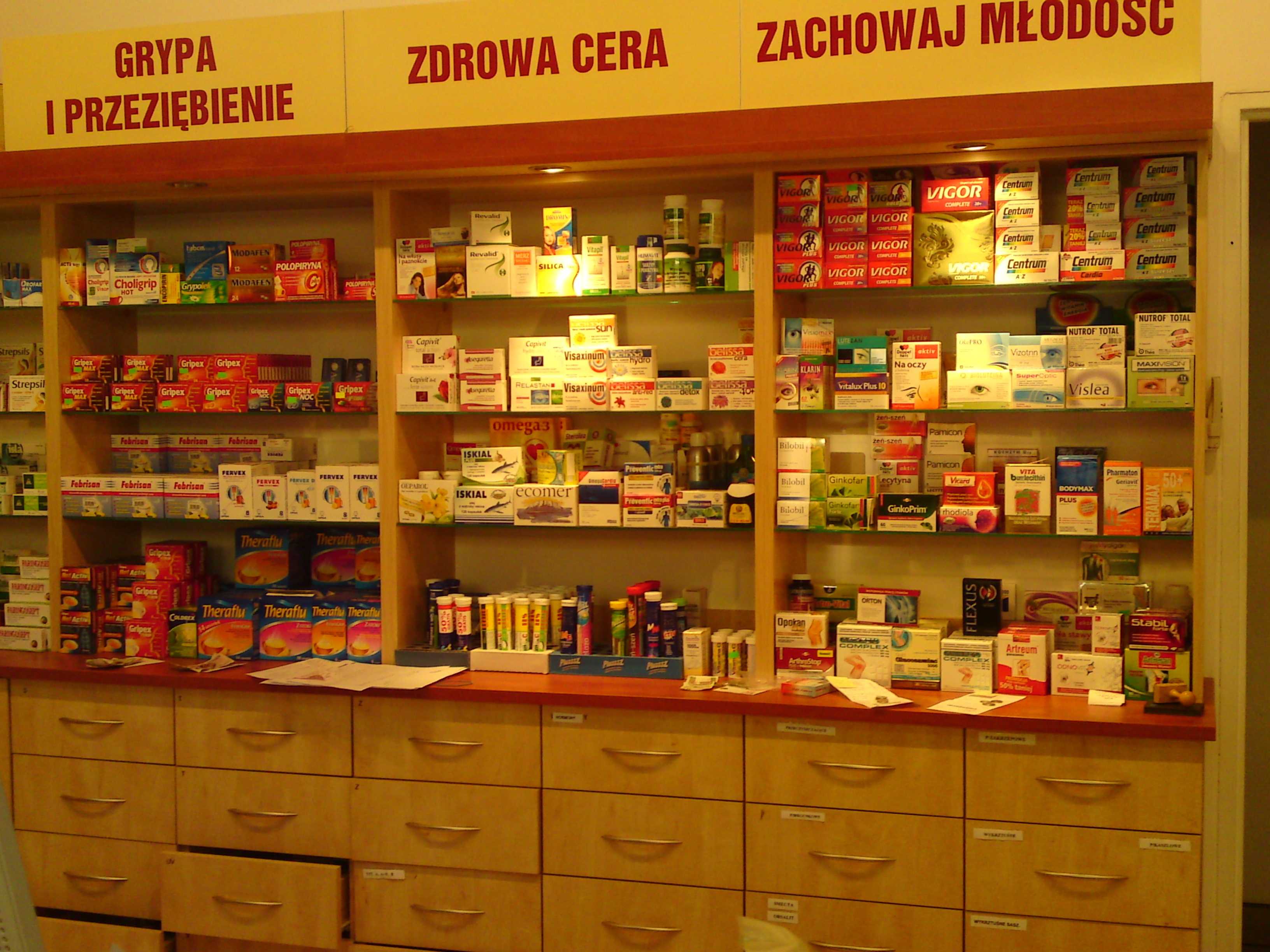Pharmacy Practice MCQ, in this article we will solve, Practice MCQ under subject Microbiology. Read following article for your reference.
Evaluation Of Bactericidal & Bacteriostatic » PHARMACAREERS
1. What is the primary function of bactericidal agents?
-
-
-
a) Inhibit bacterial growth
-
b) Kill bacteria
-
c) Promote bacterial growth
-
d) Neutralize toxins
-
-
What is the primary function of bacteriostatic agents?
-
a) Inhibit bacterial growth
-
b) Kill bacteria
-
c) Promote bacterial growth
-
d) Neutralize toxins
-
-
Which test is commonly used to evaluate the bactericidal activity of a substance?
-
a) Kirby-Bauer disk diffusion test
-
b) Minimum inhibitory concentration (MIC) test
-
c) Time-kill assay
-
d) Polymerase chain reaction (PCR)
-
-
What is the Minimum Inhibitory Concentration (MIC)?
-
a) The highest concentration of a drug that kills bacteria
-
b) The lowest concentration of a drug that inhibits bacterial growth
-
c) The highest concentration of a drug that inhibits bacterial growth
-
d) The lowest concentration of a drug that kills bacteria
-
-
What is the Minimum Bactericidal Concentration (MBC)?
-
a) The highest concentration of a drug that kills bacteria
-
b) The lowest concentration of a drug that inhibits bacterial growth
-
c) The highest concentration of a drug that inhibits bacterial growth
-
d) The lowest concentration of a drug that kills bacteria
-
-
Which of the following methods can determine whether an agent is bactericidal or bacteriostatic?
-
a) Kirby-Bauer disk diffusion test
-
b) Minimum inhibitory concentration (MIC) test
-
c) Time-kill assay
-
d) Broth dilution test
-
-
What does a bactericidal agent do to bacterial cells?
-
a) Inhibits their growth
-
b) Kills them
-
c) Allows them to replicate
-
d) Neutralizes their toxins
-
-
What is a common characteristic of bacteriostatic agents?
-
a) They kill bacteria instantly
-
b) They inhibit bacterial growth
-
c) They promote bacterial growth
-
d) They neutralize bacterial toxins
-
-
In a time-kill assay, what is being measured?
-
a) The growth rate of bacteria
-
b) The time it takes for bacteria to die
-
c) The concentration of bacteria over time
-
d) The effectiveness of bacteriostatic agents
-
-
What result indicates a bactericidal effect in a time-kill assay?
-
a) No change in bacterial count
-
b) Reduction in bacterial count
-
c) Increase in bacterial count
-
d) Stabilization of bacterial count
-
-
Which agent is more likely to be used for sterilization purposes?
-
a) Bactericidal agent
-
b) Bacteriostatic agent
-
c) Both equally
-
d) Neither
-
-
Which agent is more likely to be used in a clinical setting to treat infections?
-
a) Bactericidal agent
-
b) Bacteriostatic agent
-
c) Both equally
-
d) Neither
-
-
What does the term \’bactericidal\’ specifically imply about the agent\’s activity?
-
a) It stops bacteria from dividing
-
b) It kills bacteria
-
c) It promotes bacterial growth
-
d) It prevents bacterial adherence
-
-
What does the term \’bacteriostatic\’ specifically imply about the agent\’s activity?
-
a) It kills bacteria
-
b) It inhibits bacterial growth
-
c) It promotes bacterial growth
-
d) It prevents bacterial adherence
-
-
Which test involves measuring the optical density of a bacterial culture to evaluate the effect of an antimicrobial agent?
-
a) Kirby-Bauer disk diffusion test
-
b) Broth dilution test
-
c) Time-kill assay
-
d) Spectrophotometry
-
-
Why is the MIC test important in evaluating antimicrobial agents?
-
a) It determines the lowest concentration needed to kill bacteria
-
b) It determines the lowest concentration needed to inhibit bacterial growth
-
c) It determines the time it takes for bacteria to die
-
d) It measures the optical density of a bacterial culture
-
-
What does a clear zone around an antibiotic disk in the Kirby-Bauer test indicate?
-
a) Bacterial growth
-
b) Bacterial inhibition
-
c) Bacterial resistance
-
d) Bacterial adherence
-
-
Which agent would be preferred in treating a life-threatening infection where the immune system is compromised?
-
a) Bactericidal agent
-
b) Bacteriostatic agent
-
c) Both equally
-
d) Neither
-
-
How can the effectiveness of a bactericidal agent be confirmed after treatment?
-
a) By measuring the growth rate of bacteria
-
b) By counting the number of surviving bacteria
-
c) By observing bacterial adherence
-
d) By assessing bacterial metabolic activity
-
-
Which test can be used to differentiate between bactericidal and bacteriostatic effects?
-
a) Kirby-Bauer disk diffusion test
-
b) Time-kill assay
-
c) MIC test
-
d) Spectrophotometry
-
-
What is the significance of the MBC in evaluating an antimicrobial agent?
-
a) It helps determine the lowest concentration needed to inhibit bacterial growth
-
b) It helps determine the lowest concentration needed to kill bacteria
-
c) It measures the time required to kill bacteria
-
d) It assesses bacterial metabolic activity
-
-
Which type of agent is more likely to be used in a situation where the patient has a strong immune response?
-
a) Bactericidal agent
-
b) Bacteriostatic agent
-
c) Both equally
-
d) Neither
-
-
What does a reduction in colony-ing units (CFUs) indicate in a time-kill assay?
-
a) Bacterial growth
-
b) Bacterial adherence
-
c) Bactericidal activity
-
d) Bacterial resistance
-
-
Which agent relies on the host\’s immune system to eliminate the bacteria after inhibition of growth?
-
a) Bactericidal agent
-
b) Bacteriostatic agent
-
c) Both equally
-
d) Neither
-
-
What is the significance of a time-kill curve in evaluating antimicrobial agents?
-
a) It shows the time required to kill bacteria
-
b) It shows the concentration required to inhibit bacterial growth
-
c) It shows the rate of bacterial resistance
-
d) It shows the bacterial adherence rate
-
-
Which agent is more suitable for use in disinfectants and sterilization processes?
-
a) Bactericidal agent
-
b) Bacteriostatic agent
-
c) Both equally
-
d) Neither
-
-
How does the presence of biofilm affect the efficacy of bactericidal agents?
-
a) It enhances the efficacy
-
b) It has no effect
-
c) It reduces the efficacy
-
d) It neutralizes the agent
-
-
What is a potential disadvantage of using bacteriostatic agents?
-
a) They kill bacteria instantly
-
b) They require the host\’s immune system to clear the infection
-
c) They promote bacterial growth
-
d) They neutralize bacterial toxins
-
-
Which agent is more likely to cause the release of endotoxins upon bacterial cell lysis?
-
a) Bactericidal agent
-
b) Bacteriostatic agent
-
c) Both equally
-
d) Neither
-
-
Which test would you use to measure the effectiveness of an antimicrobial agent over a 24-hour period?
-
a) Kirby-Bauer disk diffusion test
-
b) Time-kill assay
-
c) MIC test
-
d) Broth dilution test
-
-
For more regular updates you can visit our social media accounts,
Instagram: Follow us
Facebook: Follow us
WhatsApp: Join us
Telegram: Join us






[…] For practice MCQ on this article, click here. […]